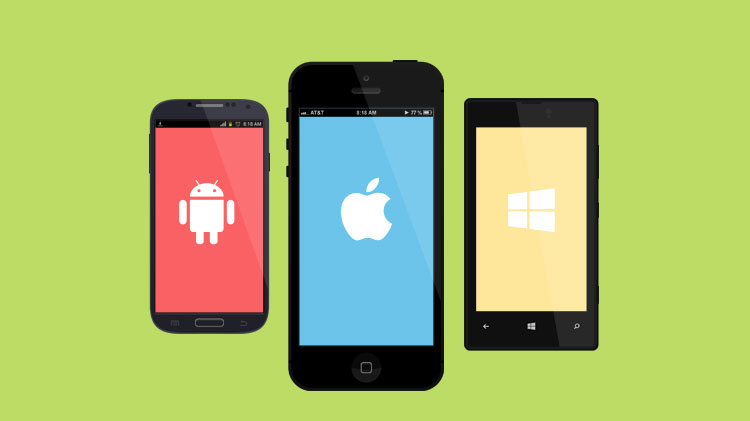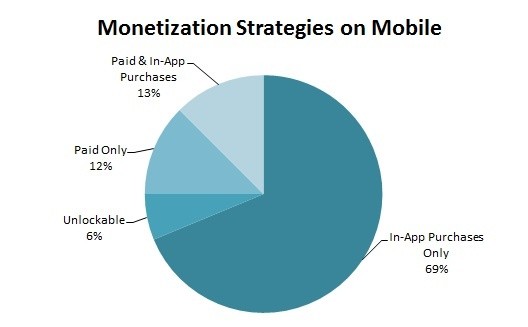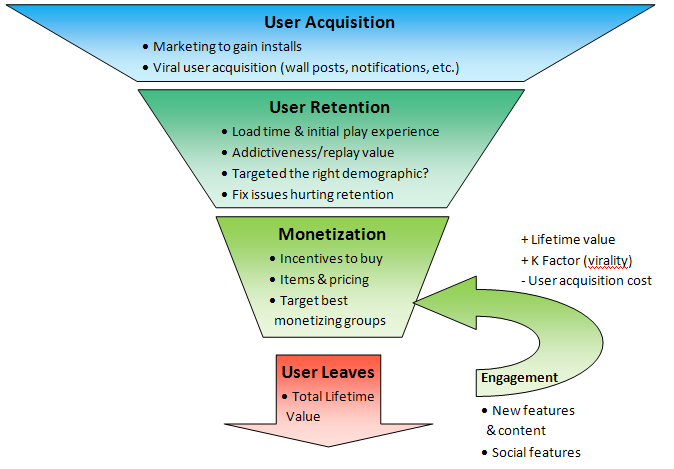You must have heard of the freemium payment model but what does it mean? Isn’t free completely free? Well the answer is simple: nothing is completely free. Developers need to get paid for their hard work but the users should know how they are paying for the apps they use.
What is the Freemium Payment Model?
In the freemium payment mode, the app is stated as free to download. Nowadays Apple and Google mark such apps with Free with ‘In-App purchases’. These purchases can be made after the app is downloaded and fundamentally change the user experience and gameplay in order to accommodate for the ads and micro transactions. You can say that while you are gaming, you are unknowingly getting gamed.
For example, Pokemon Go was released recently and within 24 hours, the app was making more money than all of the apps on Apple and Google app stores. It made $14 million in less than a week.
Let’s take another example. Remember Flappy Bird? It was a simple game but the game was so addictive that the developer removed the game from the app stores. Even after removing the app from the app stores, he was getting $1.5 million per month from the users who had already downloaded the game. Astounding right?
How can a free app make that much money? These free games actually have ads or ask for certain purchases to make your progress in the game much faster. But why would anyone pay for in-game currency? Well you yourself can answer that if you have played a any addictive game in the recent past. You would definitely wanted to pay for the game.
How Do Developer Encourage you to Spend Money?
The reason why people end up getting addicted to these games is because developers have done a lot of research. They were provided with information regarding the time a user was spending playing the game and what stage forced the user to leave the app. They know how the users play their games.
You can say developers have mastered the art of applied addiction. They know how to force you into coming back to the same game again and again. The developers monetise their gameplay by employing some basic behavioural psychology.
While you are playing a free game, the developers are playing a psychological game, tricking you or rather forcing you unknowingly into buying in game cash. This way they make far more money than they would, had they made users pay to install the game. This method of monetisation, in-app purchases, is becoming a common practise these days.
Another aspect of psychology tells you that when you experience an unexpected loss, you feel it more intensely than the same amount of profits. Games time purchase prompts at such times so that there is more chance you pay to make a comeback.
The whole process of a getting a user and making money can be described as:
Techniques Used to Make More Money
One thing which is common amongst all these games is that they have two virtual currencies like diamonds and coins or lollipops and gold bars. Some of them even have a third object which is the number of times you can play the game before it needs to time to recharge. You can make one of those from the game while one comes very rarely and the third object recharges using time. Forcing you to wait while you are yearning to play the addictive game.
When you use this virtual currency, you don’t feel like you are using real money. It is sort of like using a credit card to buy more stuff instead of paying by cash. That way you bypass the feeling of ‘wasting money’. In addition, many games now use multiple tiers. Here’s how it works.
Rare currency like, diamonds in Temple Run 2, can be bought using real world cash. And then you can use that to buy other cash or coins to buy in-game stuff. So it’s kind of like you pay PKR 400 (~$3.99) for 50 of the rare currency (diamonds, gold bars etc.) and then you use those to buy the second currency for like, 10 of the rare currency for 1000 in-game easy currency. So in reality they are distancing you from feeling like you are paying real money but still make you pay some for some better game experience.
You can also buy more time directly by buying hearts, lives or stars. They let you play more times. Or you can buy instant upgrades in some games which saves you a lot of time, like in Clash of Clans.
40% developers charge users based on their country and phone’s model
So you feel like you are spending just PKR 400 and getting 1000. That’s cheap right? You spend that much on a zinger burger. So that’s not much, you are saving yourself months of trouble by sacrificing a burger.
Other than that the payment methods have been made so easy that payment takes less time than choosing the payment package from the game screen. The painless process makes it forgettable so you don’t remember how much you have already spent on the game. I have seen people spend thousands of rupees on games like Clash of Clans and Candy Crush.
Some developers even charge differently depending on the user’s phone and region. For example, you will be charged less if you are in Pakistan with a cheap phone but you will charged more if you are in the US with an LG G5. They might even offer discounts depending on your personal payment profiles.
What’s The Result of This Monetisation Method?
At the end of it all, the ones who pay are still a small minority, only 1.9 percent. And those who pay a lot are even lesser. But that small amount of users results whole lots of payments. Half of all the money made from game revenue comes from only 0.2 percent of the gamers. These very few people spend thousands of dollars on such addictive games.
Half of game revenue comes from only 0.2 percent of users
In short, the rest of the gamers are just bait for the ones who pay. They are only used to make the game viral. The more viral a game gets, the more the users and more chances of finding those who pay. They also update the games in order to accommodate for the information they get from you gameplay and use it to make it more cashable.
























I’ve been wondering about it. good article.
millions of dollars in a month with just one app…..gasp… inconceivable…